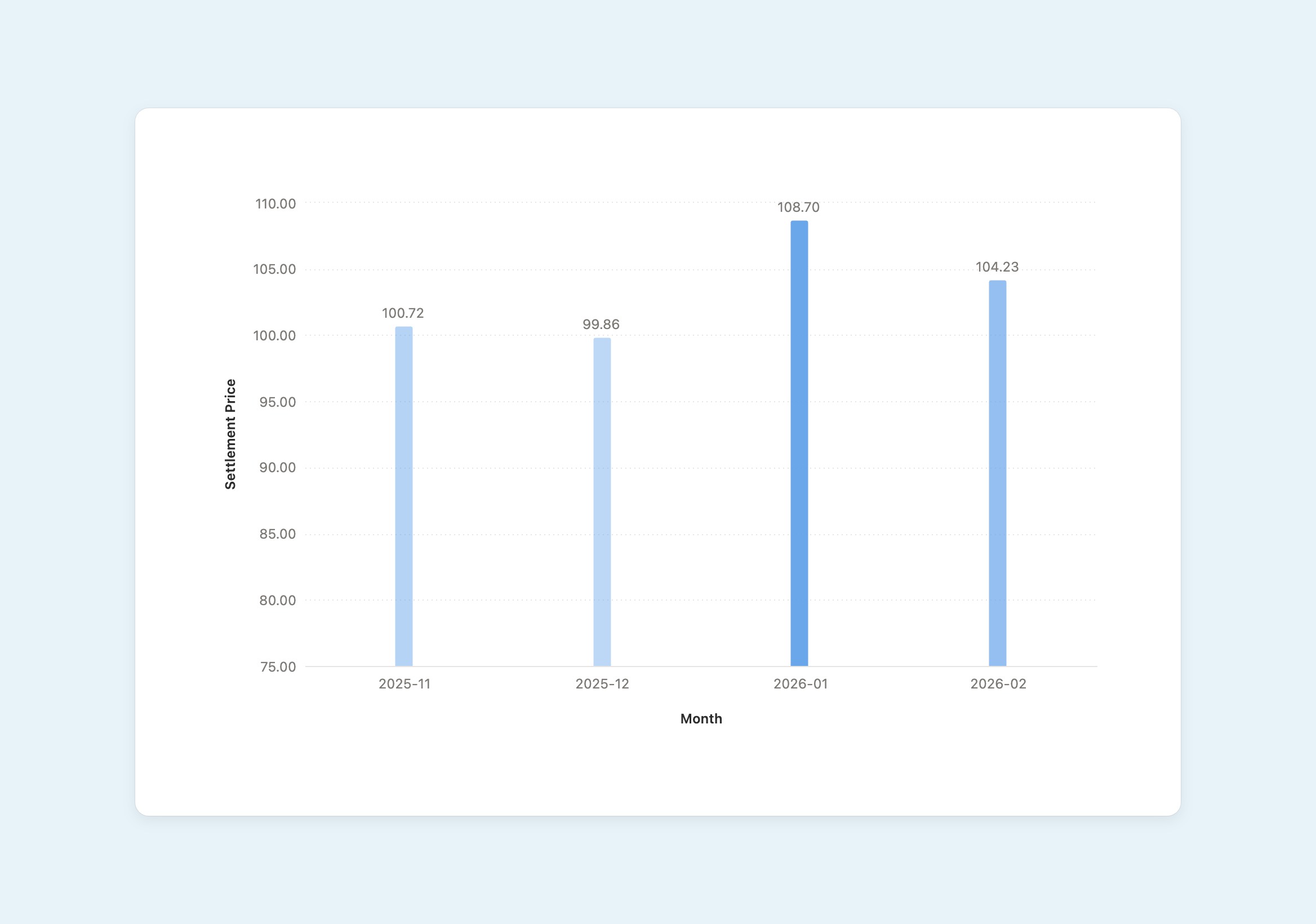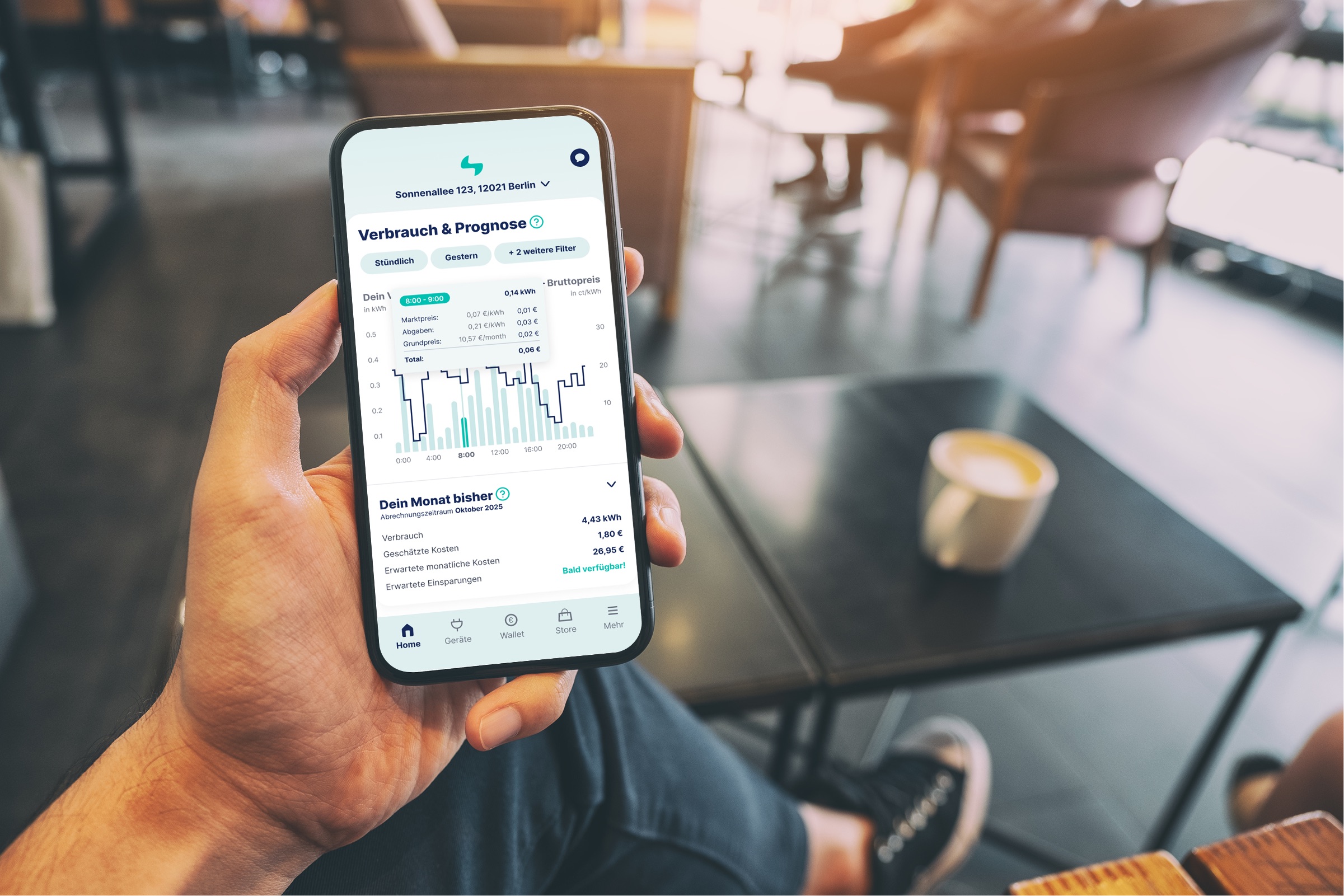Energy
“The Real Deal”: Get Real Green Energy with Power Purchase Agreements (PPAs)
By
Rahel Kunkel
27.10.2021

9
Min.

Green PPA?! Another abbreviation...but don't worry, we're here to briefly explain what it means.
Right now, there is a lot of fuss in the energy industry about Power Purchase Agreements (PPA). Basically, PPAs are long-term energy supply contracts between two parties: energy producers and energy traders/suppliers, energy producers and end-users, or energy traders and end-users (however, PPAs between energy producers and energy traders/suppliers are most common). To better understand the concept of "PPA" or "green PPA", we'll quickly define the terms "energy producer", "energy trader", and "end consumer".
1. Energy producers are understood to be the power plant operators, i.e. those who actually produce the energy.
2. Energy traders/suppliers buy a certain amount of energy from the energy producers, market it, and sell it to the end consumer.
3. End users are those who actually use the energy in the end.
PPAs aren't very common in Germany just yet—but as the first plants financed by the EEG subsidy (the state subsidy for renewable energy) are expiring, the EEG subsidy continues to decrease and the regulatory effort involved has stayed high, resulting in PPAs gaining a lot more attention, becoming the focus of many renewable power plant operators, as well as energy suppliers.
The Concept Behind PPAs
Both energy suppliers and plant operators benefit from the often long contract terms of PPAs. A fixed remuneration rate over the PPA period generates a fixed price guarantee, which minimized the risk of financing new plants or refinancing existing plants.
Normally, the contract duration of a PPA is around 20 years for new power plants and around 1-5 years with existing plants (for example, the ones where the EEG subsidy has expired).

PPA for New Power Plants
Since financing renewable power plants is very risky due to the volatility of energy generation, PPAs are an attractive alternative to state subsidies. As these state subsidies continue to decrease, it makes sense to securely finance new power plants in another way. PPAs with long contract duration provide long-term planning and financial security, which leads to a better credit rating, and thus also results in further investments in renewable power plants and projects at favorable conditions.
However, PPAs not only offer economic advantages. The 100% green energy characteristic of energy generated by renewable power plants under PPAs helps fight climate change, and contributes to the energy transition in Germany, which makes it a good look for the energy supplier too.
PPA for Power Plants After State Subsidy Expiration
The duration of the EEG subsidy is set for 20 years, which means the plants that received the subsidy in 2000 are due to expire this year. It is calculated that between 2021-2031, the EEG subsidy of another 30,000 plants will also expire. Those plants will then be either demolished, re-powered (which involves building new plants that also require an EEG subsidy), or the plant will continue to be operated and financed on the free market through PPAs.
As you can imagine, the last option is the most sustainable one, as still-functioning power plants can continue to produce green energy at economic prices.
Double Marketing Ban, the Impact of PPAs on the German Energy Market, and their Advantages
In Germany, energy generated from renewable power plants financed by state subsidy is subject to the so-called double marketing ban. But what exactly does that mean? And what do PPAs have to do with it?
The double marketing ban was introduced in 2004 to protect consumers from being charged double for their renewable energy. More precisely, the EEG subsidy is financed by the renewable power levy that each consumer pays per kWh. Because everyone in Germany pays for the operation of those renewable power plants anyway, additional advertising of this green energy, and raising prices based on the sale of certificates of origin is not allowed.
This means that even when a user hasn't signed up with a green energy provider they'll still in part receive "green" energy, but the quota of energy produced by renewable plants financed by the EEG subsidy is set by law, and actually changes very little in the German energy mix.
To seriously fight the climate crisis, the share of renewables in the energy mix must increase—and that's where PPAs come in! These "direct power contracts" can be advertised and sold as green energy because they're financed and operated without state subsidies, and as more energy from these renewable power plants is fed into the grid, the larger the share of renewables in the energy mix becomes.
PPAs do not only help to fight climate change, today's PPAs also prove that renewable energy plants are already competitive on the market (even without government subsidies).
Here at Ostrom, we partner with generators in Germany to directly purchase their energy wherever we can, as well as buying certified renewable energy on the wholesale market. This way we can be sure that for every unit you use, a new solar, wind, or hydro unit is produced and fed back into the grid. Through our PPA with the Maßbach Solar Park, we not only obtain our energy directly from the producer but also promote the energy transition in Germany, as two-thirds of the solar park's power generation is sold without EEG subsidies - lern more about our generators here.














.avif)